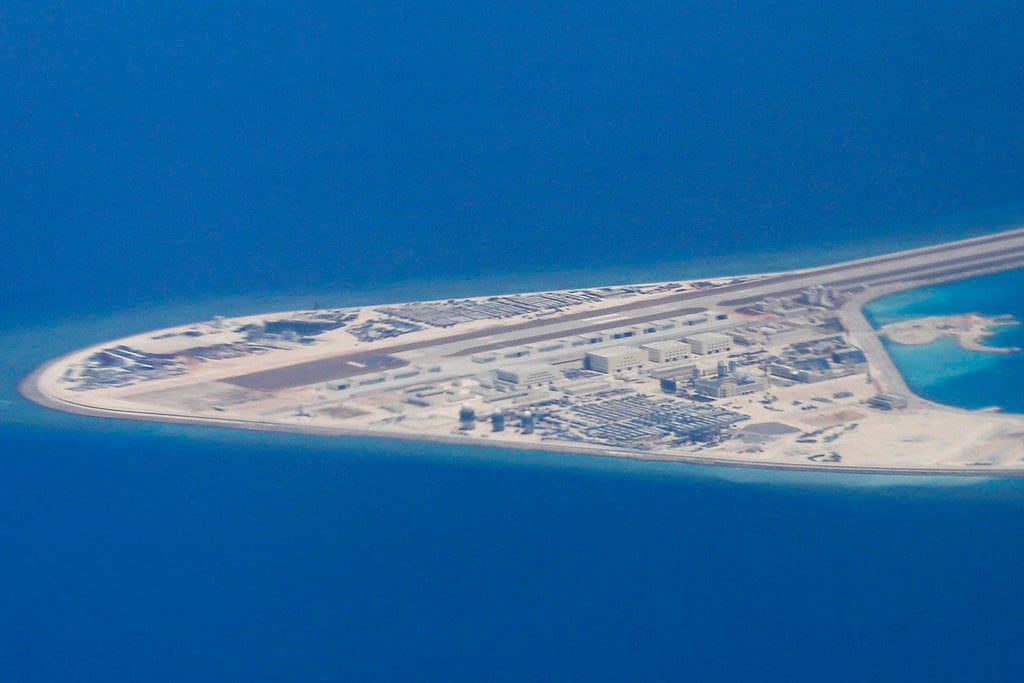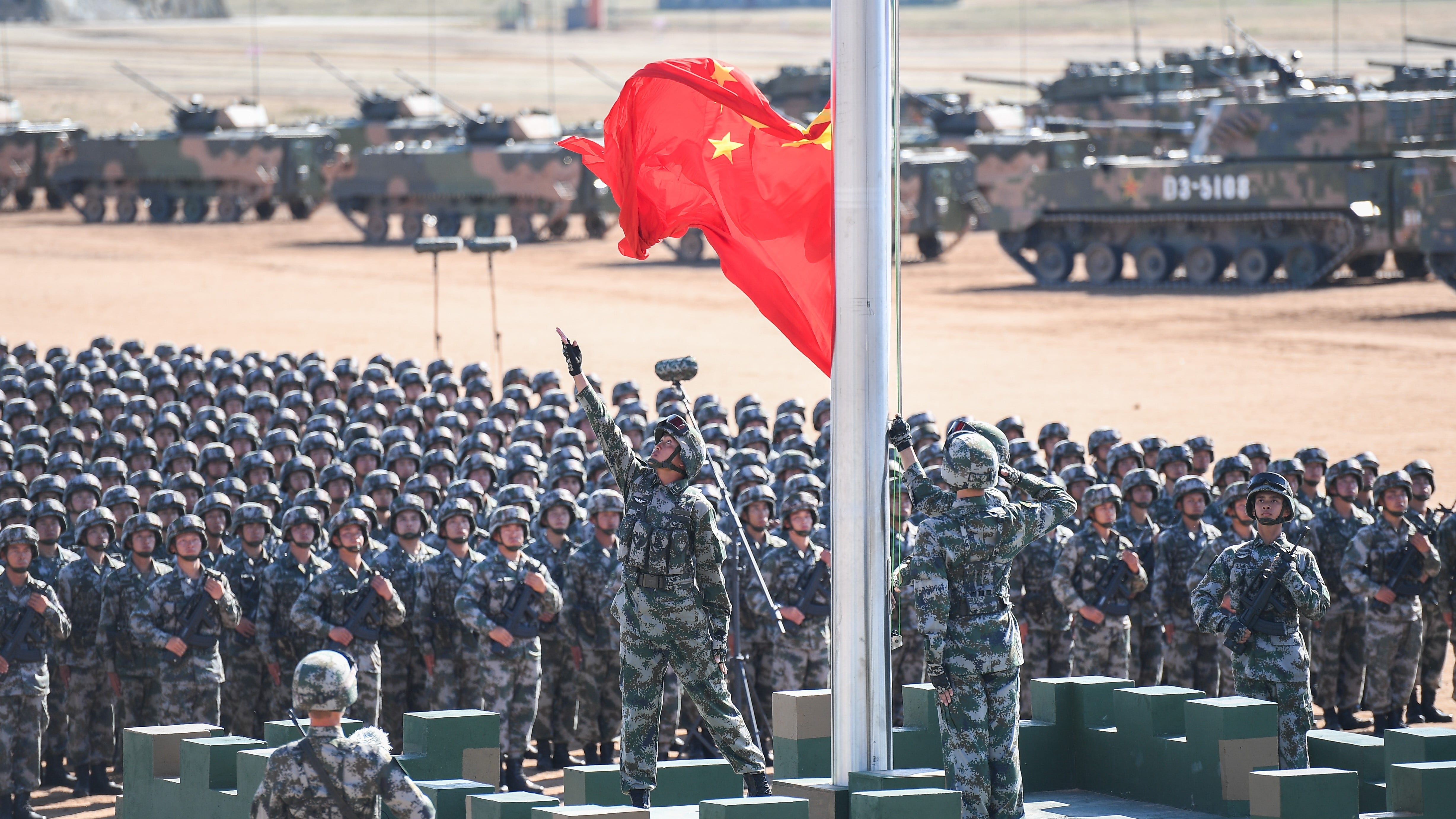Two U.S. Navy ships sailed through the Taiwan Strait this week, the latest tit-for-tat move as American forces seek to portray the western Pacific as traditionally open to international shipping and Beijing attempts to assert dominance over contested waters.
The guided-missile destroyer Stethem and the dry cargo ship Cesar Chavez sailed the strait on Monday and Tuesday, “in accordance with international law,” according to a statement by the Japan-based U.S. 7th Fleet.
It was the second such transit this year.
Seventh Fleet officials in Japan confirmed that the U.S. vessels encountered Chinese forces, but declined to detail what happened, instead calling the interaction “routine and uneventful.”
“This routine transit demonstrates the U.S. commitment to a free and open Indo-Pacific,” the command statement read. “The U.S. Navy will continue to fly, sail and operate anywhere international law allows.”
U.S. officials also always allude to international waters when describing warships that conduct freedom of navigation operations, or FONOPs, in the nearby South China Sea.
U.S. Navy FONOPs typically involve vessels sailing near man-made Chinese islands that Beijing has fortified with materiel, runways and radars.
RELATED

Taiwan also is a sensitive subject in Beijing.
Following their defeat to Chinese communist forces in 1949, Kuomintang nationalists fled the mainland to Taiwan and established a breakaway republic.
But Beijing never relinquished claims on the island and communist leaders continue to vow to reunify the rival countries, with force if necessary.
While self-ruled Taiwan is not officially recognized by the United Nations, the United States remains an unofficial ally and often supplies Taipei’s forces with arms. Washington also dangles the possibility of interceding if Chinese forces prepare to storm the island.
A Chinese military leader reportedly told the U.S. Navy’s top officer last month that Beijing would back its claim to Taiwan “at any cost.”
The remarks came during a meeting between Gen. Li Zuocheng, chief of the Joint Staff Department of China’s Central Military Commission, and Chief of Naval Operations Adm. John Richardson during an official visit to China, according to Agence France-Presse.
Li also warned the U.S. Navy against interfering to support a Taiwanese push for permanent independence from the mainland, AFP reported.
RELATED

Li’s statements came amid growing concerns by American officials about the potential for future hostilities in the western Pacific.
A U.S. Defense Intelligence Agency report last month expressed concern that Chinese leaders have reached a military milestone marked by confidence that their forces can combat and defeat rivals in the region.
“The biggest concern is that they are getting to a point where the PLA leadership may actually tell (President Xi Jinping) they are confident in their capabilities,” an official told reporters.
“As a lot of these technologies mature, as their reorganization of their military comes into effect, as they become more proficient with these capabilities, the concern is we’ll reach a point where internally in their decision-making they will decide that using military force for regional conflict is something that is more imminent,” the official added.
An emphasis on producing advanced short-range missiles has highlighted not only Beijing’s ongoing drive to modernize China’s military but has focused attention on Beijing’s potential use of violence to solve the standoff with Taipei, the official warned.
At the same time, the official insisted that the People’s Liberation Army still must perfect the training, doctrine and readiness levels necessary to launch an invasion of the island.
“We don’t have a real strong grasp on when they will think that they are confident in that capability,” the official said.
Geoff is the managing editor of Military Times, but he still loves writing stories. He covered Iraq and Afghanistan extensively and was a reporter at the Chicago Tribune. He welcomes any and all kinds of tips at geoffz@militarytimes.com.




